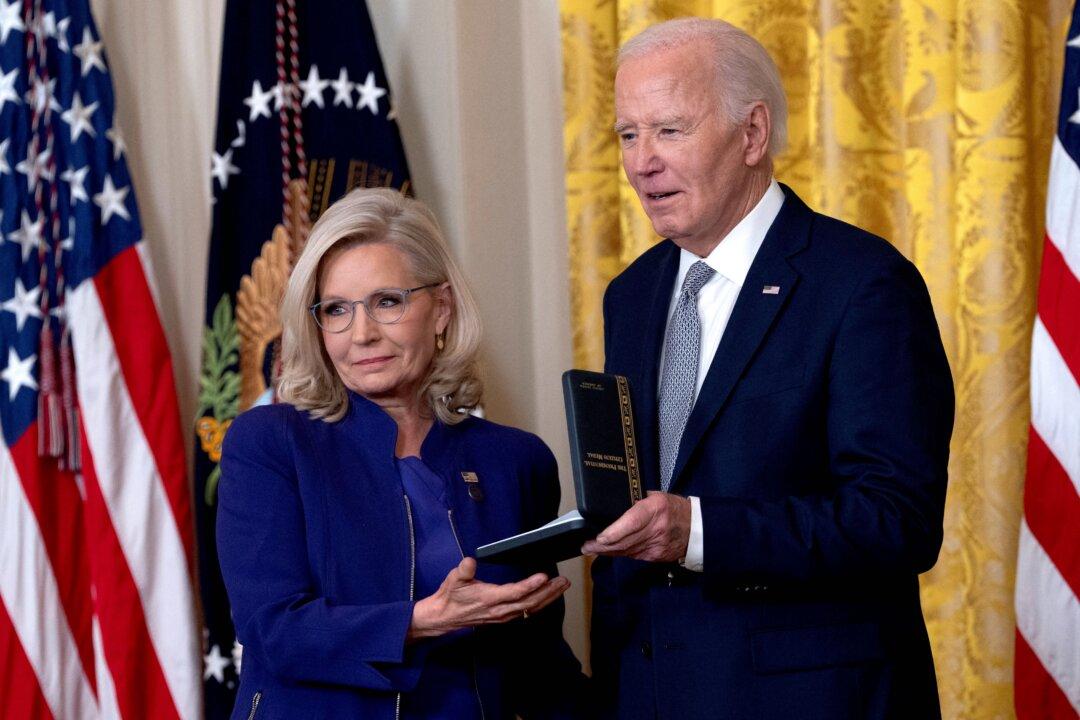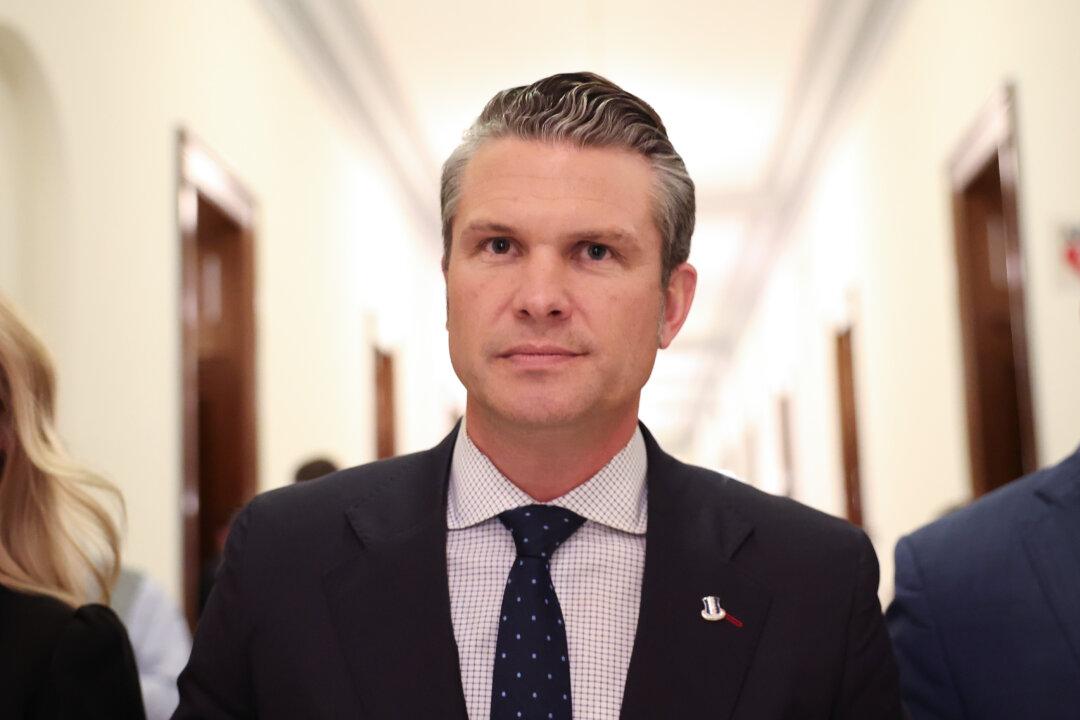Democrat Rep. Gabe Amo (D-R.I.) has been sworn into the House of Representatives, bringing the party’s conference back up to 213 members after nearly six months.
Mr. Amo was sworn into the lower chamber on Monday evening after a special election last week to fill the seat of the outgoing Rep. David Cicilline (D-R.I.), who retired from politics earlier this year. Mr. Amo will finish out Mr. Cicilline’s term before letting voters decide if he will stay in the job following the next election.





